|
I have been working on sample responses for the 2024 AP US History exam. Currently, I have produced a complete set of sample responses for the three LEQ prompts in Set 1. I will continue to update this post as I complete more sample responses. Sample LEQ Responses (2024 AP US History Exam - Set 1)Advanced Placement® and AP® are trademarks registered by the College Board, which is not affiliated with, and does not endorse, this product.
0 Comments
I have been working on sample responses for the 2024 AP European History exam. Currently, I have produced a complete set of sample responses for the three LEQ prompts in Set 1. I will continue to update this post as I complete more sample responses. Sample SAQ Responses (2024 AP European History Exam - Set 1)Click here to view sample responses to the SAQs from the 2024 AP European History exam {Set 1]. Sample LEQ Responses (2024 AP European History Exam - Set 1)Advanced Placement® and AP® are trademarks registered by the College Board, which is not affiliated with, and does not endorse, this product.
The College Board has released the FRQ prompts for the 2023 AP® US Government and Politics exam. Two sets of prompts have been released. You may click here to download Set 1 and click here to download Set 2. I have created a set of sample responses to both FRQ sets that will be helpful to students and teachers who are looking for answers for the 2023 exam questions. These answers reflect both my own experience teaching the course as well as valuable feedback from colleagues who examined the initial draft. You may click the links below to download the sample FRQ responses for both released versions of the 2023 AP® US Government and Politics exam. Advanced Placement® and AP® are trademarks registered by the College Board, which is not affiliated with, and does not endorse, this product.
The wave of nationalism that raced through Europe in the nineteenth century resulted in the unifications of Germany and Italy. During the ill-fated Revolutions of 1848, nationalists in Germany and Italy tried unsuccessfully to unify their nations on the basis of shared language and culture. In Germany, the Frankfurt Parliament failed to secure the support of the Prussian king, who refused the "pig crown" offered to him by the coalition of liberals and nationalists. In Italy, Mazzini and Garibaldi briefly took Rome and established a republic before being forced to surrender to French troops that were allied with the pope. The French intervention in 1848 to stop an attempted liberal-nationalist revolution was an example of Metternich's Concert System working exactly as it was designed to work.
The Crimean War (1853-1856) represented a turning point in the German and Italian Unification movements because it placed European powers on opposite sides of the battlefield for the first time since the Napoleonic Wars. France and Britain joined forces to stop Russia's incursions into Ottoman territory in Crimea. The Crimean War ended an era of cooperation between the Great Powers, while also showing the need for modernization of European armies to make better use of the technologies of the Second Industrial Revolution.
Meanwhile, Otto von Bismarck rose to prominence in Prussian politics. A member of the landed Junker nobility, Bismarck sought to unify Germany under Prussian dominance. In order to do this, Austria had to be defeated and left outside of a unified Germany. In 1815, Austria had been the dominant German state, but Prussia was ready to challenge Austria after a campaign of aggressive industrialization. Under Bismarck's leadership, Prussia modernized its military to incorporate modern technologies, such as telegraphs, railroads, and heavy artillery. In 1866, Prussia handily defeated Austria in the Seven Weeks' War, resulting in the formation of the North German Confederation. In 1870, Bismarck led a coalition of German allies against France in the Franco-Prussian War. After France was defeated, the victorious Germans met at Versailles to proclaim the German Empire.
My three-part lecture series on German Unification will be helpful to students who want to know more.
France's defeat in the Franco-Prussian War paved the way for the final unification of Italy, as French troops were the only barrier stopping the newly-proclaimed Kingdom of Italy from conquering the Papal States. When war with Prussia began, France called its troops home from Italy to defend the homeland. In 1870, Italian military forces marched victoriously into Rome, completing the process of Italian Unification.
I've created a new handout that explains how each of the three estates of the Old Regime (clergy, nobility, and the "third") differed from one another during the Old Regime before the French Revolution. The handout also gives clarity regarding the different divisions of the Third Estate (bourgeoisie, sans-culottes, and peasantry) and how they differed from each other.
The 2022 AP US History Free-Response Questions have been released to the public! Click here to view the questions on the College Board's website. 2022 APUSH SAQ Sample ResponsesClick here to view my sample responses to the 2022 APUSH SAQ items. 2022 APUSH DBQ Sample Response(s)Click here to view my sample response(s) to the 2022 APUSH DBQ. This file will be updated to include several sample responses that would earn different point values. 2022 APUSH LEQ Sample ResponsesThis year's LEQ 2 asked students to assess the relative importance of causes for the settlement of the British colonies. Click here to see a set of sample responses I've put together for LEQ 2. Take a look at my analysis of the 2022 APUSH Free-Response Questions on Marco Learning's YouTube channel:The free-response section of the 2022 AP European History exam has been released. Click here to view the questions. Every year, people ask me for my take on the questions, so I am making an effort to put my teachable sample responses for the 2022 exam in one place where they can be easily accessed. I call these teachable sample responses because they are created not only to guide graders on what it might take to get a certain score, but I also create these samples so that they can be shown to students as examples of good writing. This post is under construction and I will be updating some of these files in the coming weeks. 2022 AP Euro SAQClick here to access my sample responses for the Short-Answer Question (SAQ) section of the 2022 AP European History exam. 2022 AP Euro DBQClick here to access my response to the 2022 AP European History DBQ on the English Civil War. I will be updating this file soon to include some samples other than the one I wrote in response so that teachers and students can see samples that would earn several scores. Check out my live take on the 2022 exam on Marco Learning's YouTube Channel:Blog Author: Billy Walton As the years pass, more technologies have been adopted into classrooms, both virtual and in-person. In fact, Campus Technology’s report on edtech adoption talks about some of the technologies that have seen an increase in use within the past three years. These include video-recording and distribution tools, accessibility tools, as well as virtual labs and simulations. The edtech experts from New Globe suggest that these technologies can improve student learning capabilities because of the added engagement. Technology also generates data that helps teachers create better lessons for their students. Incidentally, one of the major applications of tech in education is in testing. From e-proctoring to test simulations, below are some of the ways technology has improved testing. Assistance from e-proctoring softwareThe pandemic has caused many classrooms to shift online, therefore making tests difficult to supervise. In fact, Texas A&M University has found 800 cases of academic fraud online. Luckily, there is curated software nowadays that monitor students’ tests like ProctorU, which has online remote proctoring services that offer features like auto proctoring and live proctoring. They use an AI-based system to oversee examinations. Another choice for monitoring tests is Examus, which is software that analyzes online user behaviour through a webcam for facial recognition and emotion detection. Ready to use test-making programsManually making tests is time-consuming. A study by the University of Washington reveals that standardized assessments take up teachers’ time and focus away from quality lesson planning. However, with test-making programs, they can still formulate and administer exams without it consuming most of their time. Some examples of test-making programs include Edulastic and Crowdsignal. Edulastic allows teachers to make standard-aligned assessments and get feedback as soon as possible. Likewise, Crowdisgnal has features that permit the creation of online polls, quizzes, and questions. Students can use devices like smartphones, tablets, or computers to answer, and the results can be collected to provide statistics for educators. Immediately accessible test dataChecking each students’ paper is a laborious process. Fortunately, there are programs that collect and provide data on students’ test answers like Formative and GoSoapBox. Formative permits educators to assign activities, receive students’ results in real-time and provide immediate individual feedback. Test data will inform teachers where students experience difficulty, thus allowing them to adjust and steer discussions as needed. On the other hand, GoSoapBox has a unique feature called a confusion meter. This enables students to indicate when and where they’re confused with the material to let the teacher know when to slow down. It also has options to create polls and Q&A features for better communication. Easily available online resourcesFinally, materials that can help teachers in making tests become more accessible online have been even more important. As previously stated, creating tests demands a lot of time from teachers. To combat this, testing guides are provided here at TomRichey.net for you to use at your convenience. There are even ready-made exams that can test students’ knowledge and how they retain information. We've also included Document-Based Question rubrics, multiple-choice questions, and Long Essay Question rubrics that can serve as a test-making guide. With the support from technology, students’ learning capabilities can improve, and teachers’ instructing abilities can be heightened. The way tests are created, conducted, and supervised has also been enhanced for the benefit of both students and educators. Through the appropriate application of technology in the classroom, education will continue to progress.
The Sistine Chapel, named for Pope Sixtus IV, contains some of the most famous works of Renaissance painting -- most notably the ceiling, which was painted by Michelangelo. Inspired by this iconic collection, I have made note of sixteen works of Renaissance painting, sculpture, and architecture that every serious student of Renaissance art should know. Click here to download a printable handout in PDF format.
The fifteenth century was a formative period of Renaissance art known as Quattrocento (Latin for 400 - the century with a four in it), during which Renaissance art developed into a style that was clearly distinguishable from medieval art, incorporating linear perspective, realistic portrayals of human subjects, and a greater incorporation of classical themes (while still producing plenty of beautiful religious art).
Tommaso di Ser Giovanni di Simone - known as Masaccio (“Sloppy Tom”) for taking no care for his appearance because he was too passionate about painting to care about anything else - had a powerful influence on the development of Renaissance painting during his short life (he died at 26). The Tribute Money depicts a scene from the Gospels, in which Jesus asks Peter to go to a fish and open its mouth to remove a coin that will allow them to pay the Temple Tax. Masaccio was the first Renaissance painter to employ linear perspective and used chiaroscuro shading to direct the viewer’s attention to Jesus. Both of these techniques pioneered by Masaccio would become prominent in Renaissance painting.
That is, until Filippo Brunelleschi, a gifted sculptor and architect, began to study the Roman Pantheon and other architectural marvels, making detailed sketches and taking precise measurements. Brunelleschi gained confidence in his ability to construct a dome based on classical designs and won the commission after a hard- fought battle. Fighting every step of the way with people who envied his talents, Brunelleschi’s dream finally became a reality when the Florence Cathedral was consecrated, with a finished dome, in 1436 – 140 years after construction began.
The bronze David is portrayed as youthful and is crowned with a laurel wreath (a classical symbol for victory). He wears a slight smile as if he is still trying to process what had happened. His foot is perched casually on Goliath’s severed head and he holds the sword of his vanquished foe.
The Adoration of the Magi, produced by Sandro Botticelli early in his career, distinguished his mastery of the art of painting. Vasari, author of Lives of the Artists, notes that the faces of the onlookers are not only painted from different angles and looking in different directions, but also have varied facial expressions.
Primavera, a similar work by Botticelli with sensual portrayals of female figures from classical mythology, is also well-known but not quite as iconic as The Birth of Venus.
Perugino’s Delivery of the Keys is arguably the most recognizable painting in the Sistine Chapel that was painted by someone other than Michelangelo. It depicts a biblical scene in which Jesus gives the keys to the Kingdom of Heaven - shown as literal keys here – to Peter and tells him that He will build His Church on the rock of Peter and his profession of faith. This scene is particularly important because it explains the Catholic doctrine of papal supremacy, as the pope claims to be the successor to Peter, the first Bishop of Rome. Those who enter the pope’s personal chapel are reminded of the basis for the pope’s claim to authority over all Christians. The background of the painting is filled by works of classical architecture built in the Greco-Roman style. The triumphal arches on either side balance the painting. And Perugino uses light to direct the viewer toward Jesus and Peter. Mixed in with the apostles are figures wearing contemporary Renaissance clothing. Early in his career, Perugino was regarded as the best painter of his time. His style built a bridge between the Quattrocento style of the fifteenth century and the High Renaissance style that developed at the turn of the sixteenth century. Later in his career, he was eclipsed by the work of the High Renaissance masters, such as Leonardo, Michelangelo and Raphael. But as Raphael’s teacher, he would leave a lasting legacy as the man who taught the greatest painter of the Renaissance how to paint.
The High Renaissance was the peak of artistic achievement in Renaissance art and literature, during which the greatest Renaissance masters – Leonardo, Michelangelo, and Raphael – perfected the idealized realistic portrayal of humanity in art.
The Last Supper depicts the moment when Jesus announced to His apostles that one of them would betray him. The apostles are shown in groups of three, expressing varying degrees of anger, shock, and grief. In the group next to Jesus’ right shoulder, John leans toward Peter while Judas shrinks back, holding a sack of money. The Da Vinci Code, a popular book adapted to film, promotes the theory that da Vinci intended for John to represent Mary Magdalene, but art historians do not buy this, noting Leonardo’s tendency to feminize men. While Leonardo’s The Last Supper is one of the most recognized paintings in the world, it is one of the most poorly preserved paintings in history. Rather than paint a fresco on wet plaster, Leonardo painted The Last Supper on a dry wall in order to enhance the coloring and give him more time to modify the painting as he worked. The painting began deteriorating almost immediately and numerous attempts have been made to preserve and restore it. Copies of the painting give us the best picture of how the original might have looked.
The Mona Lisa is housed in the Louvre. It has been vandalized several times, including by one man who claimed to be in love with the painting and cut it with a razor blade, hoping to steal it. Shortly before World War I, an Italian patriot who was employed at the Louvre stole it, believing that the classic Italian painting belonged in Italy. The painting was later recovered and returned to the Louvre after being briefly displayed in Florence.
The large block of marble that would become Michelangelo’s David sat idly for decades before the leaders of Florence could find someone who could be trusted to sculpt something worthy of its value. Michelangelo received the commission and spent two months of his life sculpting the most recognizable statue of the Renaissance.
Raphael’s The School of Athens is the embodiment of the classical spirit and artistic perfection of the Renaissance. Not only does the painting achieve balance, perspective, and realism, but it features the great philosophers of classical antiquity together all in one room. At the center, Plato (modeled after Leonardo da Vinci) debates philosophy with his pupil, Aristotle, with Plato pointing to the sky to illustrate his idealism while Aristotle’s hand hovers above the ground, inviting his teacher to consider physical realities as a starting point for human understanding. Socrates stands a short distance away from Plato and Aristotle, engaging a group of people around him. Diogenes, the cynic philosopher, sits alone on the steps while Raphael stands in the bottom right corner next to the Persian prophet, Zoroaster, who is holding a model of the stars in his hand.
The Creation of Adam forms the centerpiece of Michelangelo’s collection of paintings on the Sistine Chapel ceiling. It is part of a series of paintings on the ceiling that represent the Creation and Fall of Man, as well as God’s promise of redemption and salvation for humanity. The anatomically correct portrayal of Adam represents the meticulous studies of human anatomy undertaken by High Renaissance painters. Some observers have even noted the dark red background behind God resembles the human brain. Adam’s limbs are portrayed in the same likeness as God’s to show that he was created in His divine image. God’s outstretched finger nearly touches Adam’s, but Adam’s finger does not quite touch God’s, even though it would be possible if he were to will himself to stretch his finger. This illustrates both the humanistic belief in the human potential and Christian teachings about human sinfulness separating God and Man.
During the fifteenth century, the Renaissance was an Italian phenomenon, but as the printing press allowed humanist writings and Renaissance culture to spread north of the Alps, where artists made their own adaptations of the Renaissance style.
For German Renaissance painter Albrecht Dürer, the year 1500 marked not only the beginning of a new century, but a milestone in his own life. At that time, the age of 28 represented the transition from young manhood to maturity.
In a pandemic year in which most APUSH classes were running behind content-wise, nobody expected the DBQ to be from the post-WWII era! But then, that's exactly what the AP US History Test Development Committee did this year! The 2021 APUSH DBQ topic addressed the social consequences of the prosperity that followed World War II, with a timeframe between 1940 and 1970. Click here to view the 2021 AP US History DBQ
You may find my APUSH DBQ rubric helpful while taking a look at this sample essay, as each of these points is specifically targeted in the sample essay.
|
Tom RicheyI teach history and government Archives
May 2023
Categories
All
|




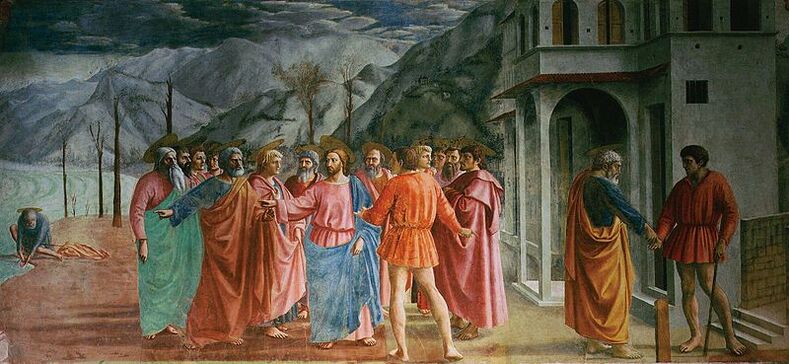

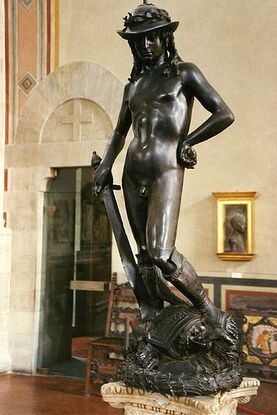
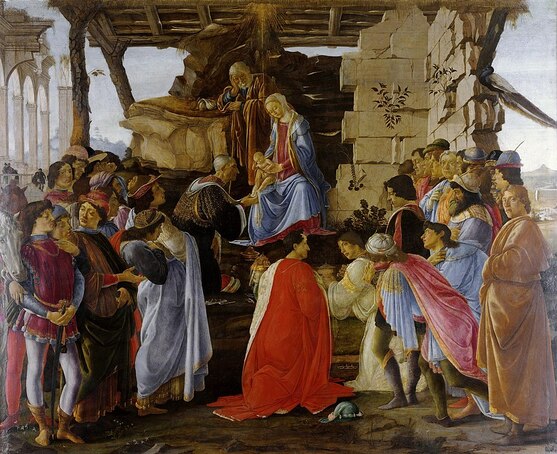
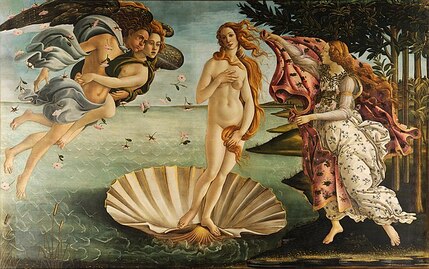
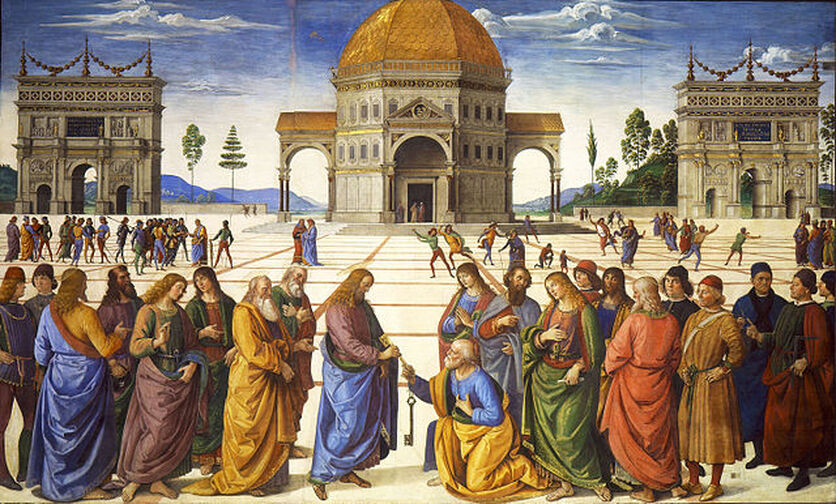
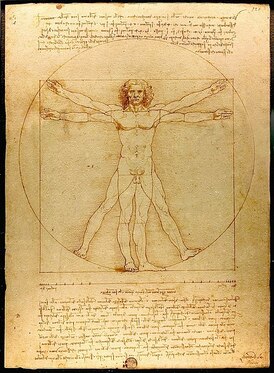
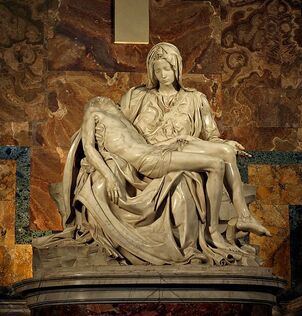
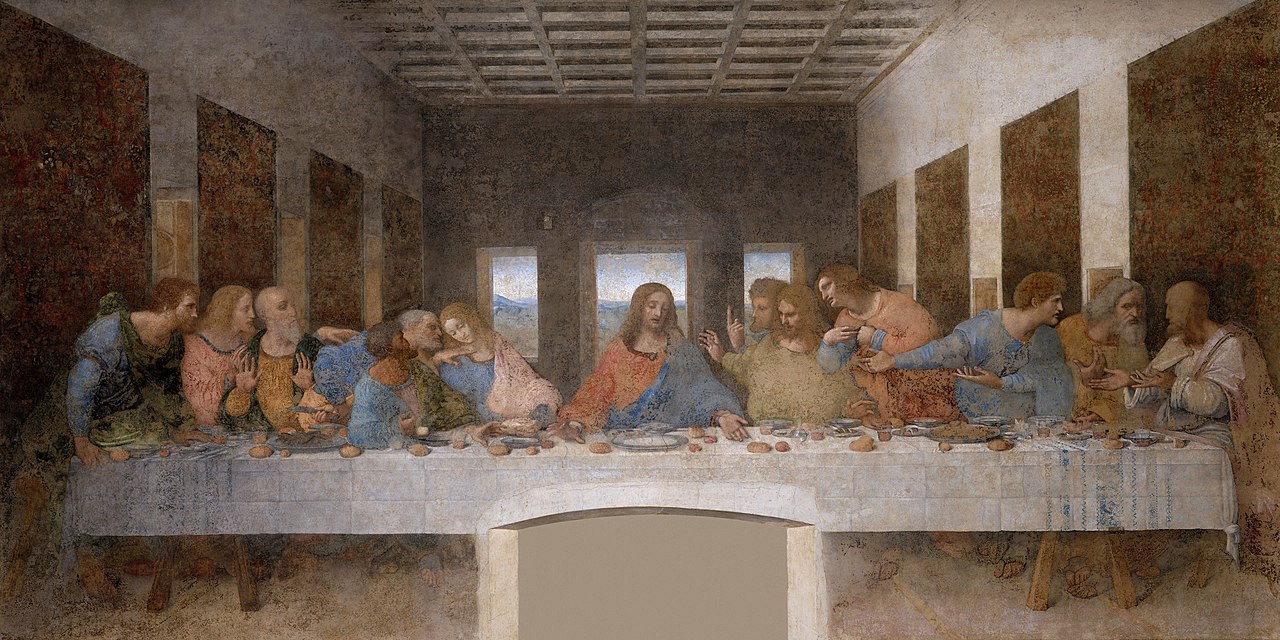
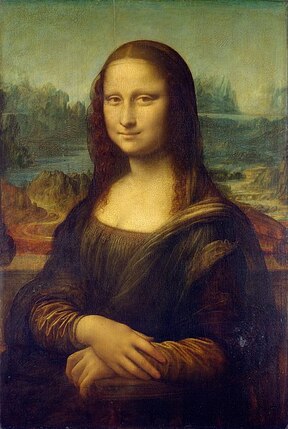
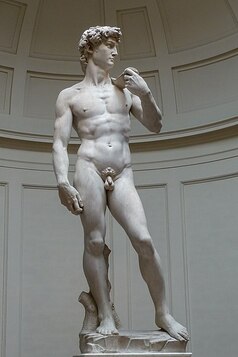
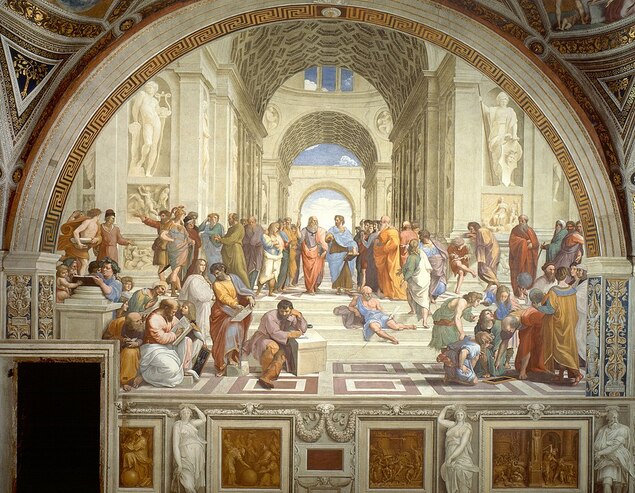
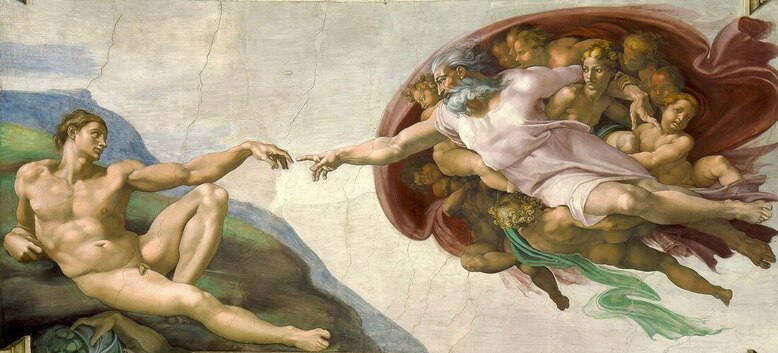
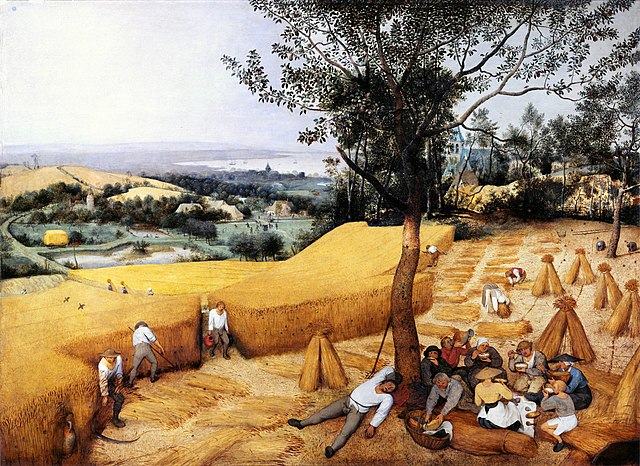
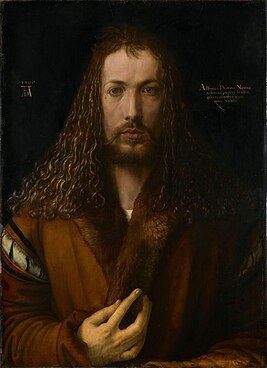
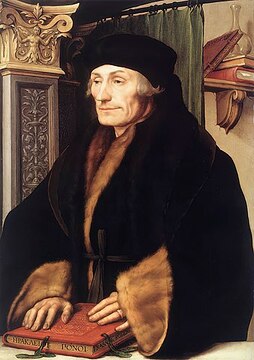

 RSS Feed
RSS Feed